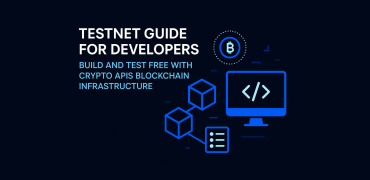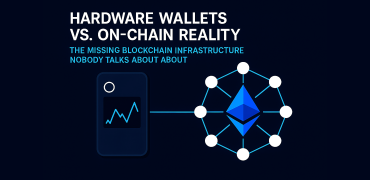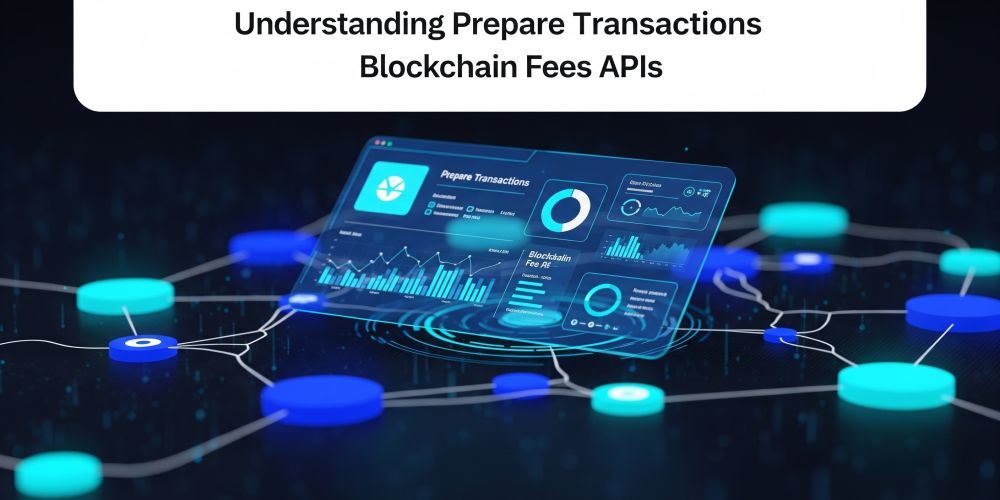Related articles

Testnet Guide for Developers: Build and Test Free with Crypto APIs Blockchain Infrastructure
Blockchain
Hardware Wallets vs. On-Chain Reality: The Missing Blockchain Infrastructure Nobody Talks About
Blockchain



 Login
Login
































 Copy link
Copy link